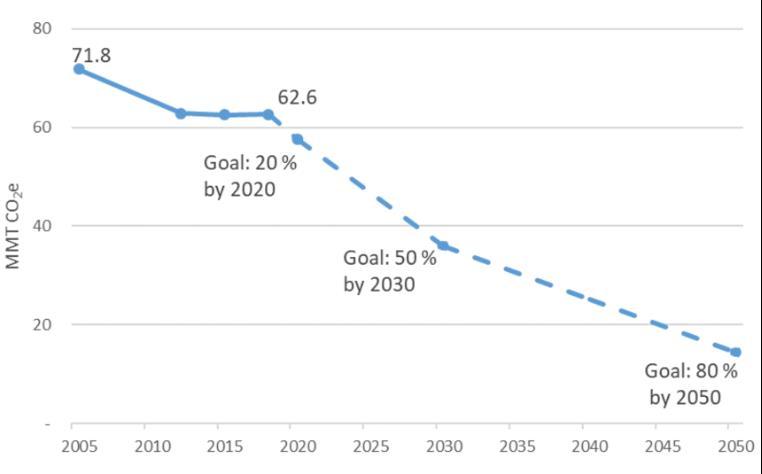
1 minute read
Increased Telework
Increased Telework, while Good, Will not Address the Bulk of Our Travel
Most trips in the region (74.3 percent) are nonwork trips and most of these are done by car (79.6 percent). If higher rates of telework continue post-pandemic and eliminate some car commuting, that will help reduce congestion and emissions, and reduce the need to widen highways since most highway and arterial expansion has been designed to handle peak hour volumes. However, increased telework by itself does not address the need to drive for nonwork purposes. The proximity provided by close-in, compact development and availability of non-auto travel options help lower the need to drive for nonwork purposes in our region’s inner areas and activity centers. Eighty-nine percent of non-work trips in the outer ring suburbs are made by car (drive alone, with passenger, tax/ride-hail) compared to 56 percent in core jurisdictions. In activity centers across the region, 69 percent of non-work tips are made by car compared to 83 percent in areas outside of activity centers. 48
Figure 9: Washington Region Non-Commute Mode Share for All Weekday Trips
Notes: Yellow highlights (by original author) indicate sub-area with significantly higher mode share. Sub-Regional Areas as defined by TPB and COG: - Core: Arlington County and City of Alexandria, VA; District of Columbia. - Inner Suburbs: Fairfax County, City of Fairfax, and City of Falls Church, VA; Montgomery County, Prince George’s County,
MD. - Outer Suburbs: Loudoun County, Prince William County, City of Manassas, and City of Manassas Park, VA; Frederick County and Charles County, MD. Source: Transportation Planning Board. 2017-2018 Regional Transportation Survey Briefing: Initial Findings of Observed Daily Trips. Image from TPB Board meeting presentation Oct. 21, 2020.
16








